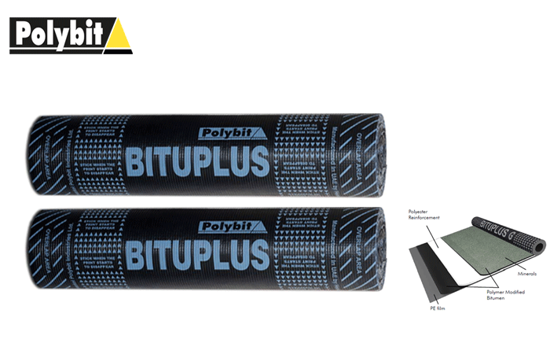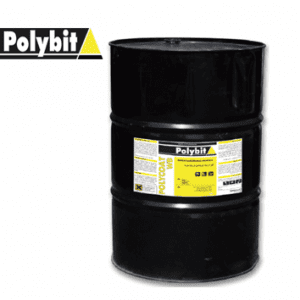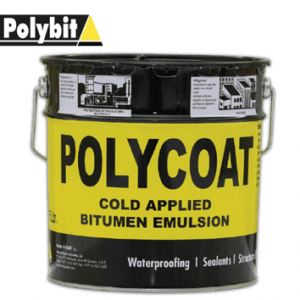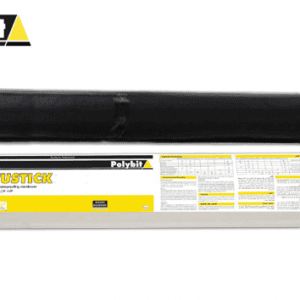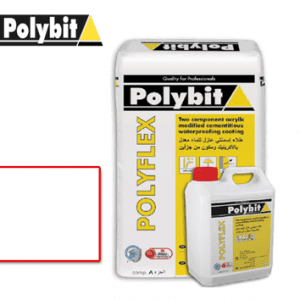BITUPLUS G 4140 – 10M X 1M X 4MM
CHARACTERISTICS
- High resistance to positive water & vapor pressure.
- Good dimensional stability under tension
- Good flexibility. Can accommodate structural movements
- High puncture and fatigue resistance
- Resists water borne chemicals
- High heat resistance
DESCRIPTION : Bituplus G 4140 is a high performance polymer modified bituminous waterproofing membrane, surfaced with reflective natural color slates to provide maximum protection against UV. The presence of the slates provides a mechanical protection against light foot traffic and occasional maintenance as well as offering an aesthetic surface. It is an ideal membrane for roofing and exposed applications where it can be placed on top of the existing surface and providing an economical and efficient solution to leaking roofs.
FIELDS OF APPLICATION : Bituplus G 4140 membrane is used for waterproofing of exposed areas such as inverted roofs, parapets, terraces, patios, airport aprons & ramp areas.
APPLICATION INSTRUCTIONS : The application temperature should be between 5°C to 55°C. application procedures may vary slightly depending upon site conditions. However below given are the general guidelines for the application of the waterproofing system
Surface preparation : The surface shall be cleaned thoroughly of all contaminants like dust, traces of curing compound, oil and grease. All surface imperfections, protrusions, structurally unsound and friable concrete must be removed and repaired with a suitable Polycrete* concrete repair mortar.
Priming : Apply Polyprime SB* (solvent based primer) @ 4- 6 m²/L to a clean smooth and dry surface by brush, roller or spray. Allow the primer to dry prior to the application of the membrane. As the viscosity of the primer is low, it can easily penetrate into the concrete pores and promote the adhesion between the membrane and the concrete surface. In addition to that the primer also acts as a binder for the dust particles which gets accumulated on the concrete surface even after cleaning.
Alignment : Start the installation of all membrane plies at the low point or drains, so the flow of water is over or parallel to the plies, but never against the laps. All overlaps at the membrane seams shall be installed so as to have “up” slope laps over “down” slope laps. Begin membrane application by unrolling the roll of Bituplus G 4140 membrane and aligning the side laps. Re-roll the roll halfway and stand on the unrolled portion to prevent shifting. Side overlaps should be a minimum of 100 mm and the end overlaps 150mm.
Torching : Bituplus G 4140 membranes are installed by using a cylinder fed propane gas torch. use of handheld roofing torch is recommended as it affords a good control. if multiple burner torching machines are utilized, care must be taken to ensure the application of uniform heat and avoid overheating of the membrane. Begin torching the embossed polyethylene side of the rolled portion of the membrane. proper torching procedure involves passing the torch flame in an “L” pattern applying about 75 percent of the heat across the coiled portion of the roll and 25 percent across the substrate, including the lap area of the previously installed membrane. As the membrane is heated the embossing starts to melt away exposing a shiny bitumen surface. Roll forward the membrane and press firmly with the boot or roller against the substrate to bond well. The propane flame should be moved from side to side and up the lap edge while the membrane is slowly unrolled and adhered to the underlying surface. Subsequent shift of the roll shall be avoided after heating has begun. When complete, the remaining untorched membrane shall be re-rolled and installed in the same manner. When one end is complete, re-roll the opposite end not yet torched, and install in the same manner. as subsequent rolls are installed, heat is applied to both the roll and the exposed laps of themembrane being overlapped onto. Be sure to heat the entire roll evenly, not just the lap areas, with extra concentration at the laps. CAUTION: do not over torch as this will expose the reinforcement in the membrane and cause damage to it.
Sealing : Heat both the overlaps and use round tipped trowel to seal the overlap. Adequate heat is confirmed when a uniform flow of melted bitumen compound flows evenly in a uniform bead that oozes from the applied membrane’s edges. Excess compound should be smoothened and pressed into the seam using a heated trowel. Any unbonded areas must be lifted and re-torched. Do not attempt to reseal by torching the top surface of the membrane.
Up stand : All angles and abutments should be sealed with extra care to ensure full bonding. Bituplus G 4140 shall be lapped with the base membrane and taken up on the parapet wall and tucked into a groove cut into the concrete.the grooves shall be sealed with a suitable mastic sealant (Bitumastic).

